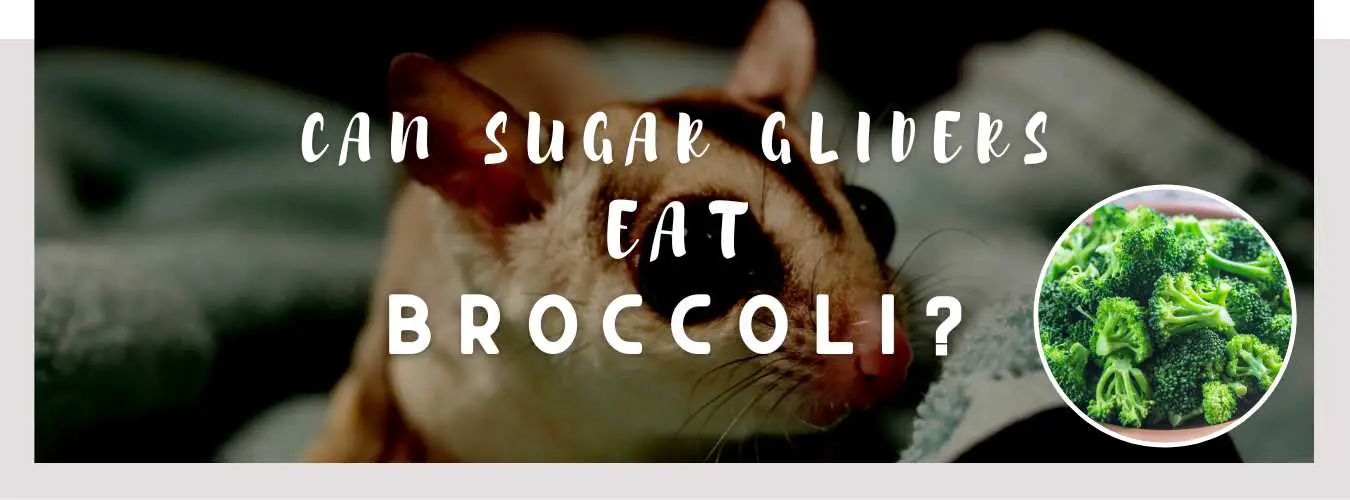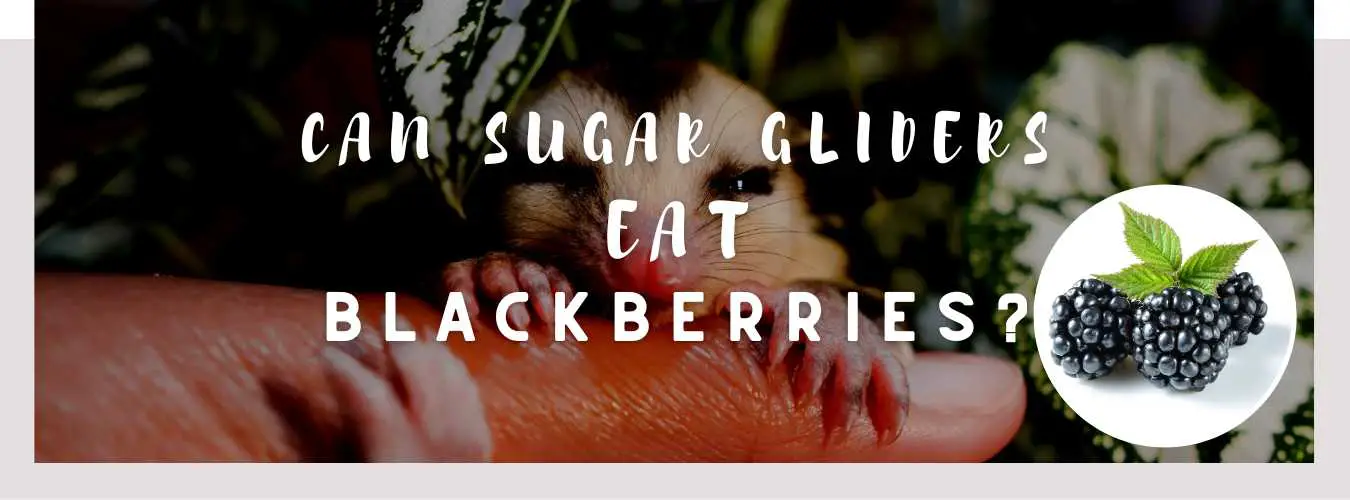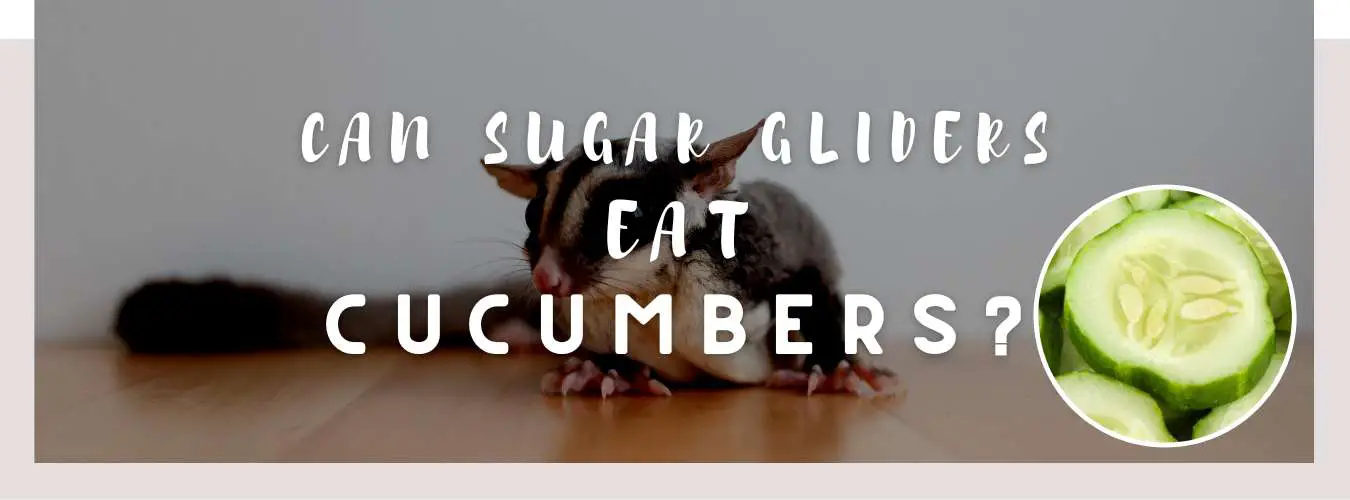
Sugar gliders, adorable and increasingly popular pets, have specific dietary needs that intrigue and sometimes challenge their owners. A common question among sugar glider enthusiasts is, “Can sugar gliders eat broccoli?” This article delves into the suitability of broccoli in a sugar glider’s diet, examining its nutritional benefits, potential risks, and the best ways to incorporate it into their feeding routine.
Nutritional Profile of Broccoli for Sugar Gliders
Broccoli is a nutrient-rich vegetable known for its vitamins, minerals, and antioxidants. For sugar gliders, these nutrients can offer various health benefits. Broccoli is a good source of Vitamin C, which is crucial for immune system functioning, and Vitamin K, essential for proper blood clotting. It also contains dietary fiber, beneficial for digestive health. However, the high fiber content in broccoli might be hard for sugar gliders to digest if consumed in large quantities.
Benefits of Broccoli in a Sugar Glider’s Diet
Feeding broccoli to sugar gliders can be beneficial due to its rich nutritional content. The antioxidants present in broccoli can help in combating free radicals, potentially reducing the risk of certain diseases. Its vitamin and mineral content supports overall health, contributing to stronger immunity and better digestion.
Potential Risks and Considerations
While broccoli is non-toxic to sugar gliders, there are some considerations. The vegetable’s fibrous nature could lead to digestive issues if overconsumed. Also, broccoli contains small amounts of oxalates, which can contribute to kidney stones in large quantities. Therefore, moderation is key. It’s also vital to ensure that the broccoli is free from pesticides and other harmful chemicals.
Recommended Quantity and Frequency
Broccoli should be offered as a part of a balanced diet, not as a staple. A small piece of broccoli once or twice a week is sufficient. It’s important to observe how your sugar glider reacts to this new food and adjust the quantity accordingly. Always introduce any new food gradually to avoid digestive upset.
You might also like: Can Sugar Gliders Eat Blackberries?

Preparing Broccoli for Sugar Gliders
Preparation is crucial when introducing broccoli to sugar gliders. It should be washed thoroughly to remove any pesticides or chemicals. Steaming or boiling broccoli can make it easier to digest, but it’s crucial to serve it plain, without any added salt, spices, or oils. The broccoli should be cooled to room temperature before offering it to your sugar glider.
Broccoli’s Role in a Balanced Sugar Glider Diet
Incorporating broccoli into a sugar glider’s diet contributes to a balanced and varied nutritional intake. A balanced diet for these small marsupials should consist of a mix of fruits, vegetables, protein sources, and specialized sugar glider food formulas. Broccoli complements this diet by providing essential vitamins and minerals not readily available in other foods. Its inclusion helps diversify the nutrient profile of their meals, ensuring a more holistic approach to their overall health.
Interaction with Other Dietary Components
When introducing broccoli to a sugar glider’s diet, it’s essential to consider its interaction with other foods they consume. For instance, the high fiber content in broccoli can balance diets heavy in fruits, which are typically lower in fiber but higher in sugars. This balance is crucial in preventing issues like obesity and dental problems that can arise from a sugar-heavy diet. Moreover, the calcium in broccoli can aid in balancing the calcium to phosphorus ratio in their diet, an important factor in preventing nutritional imbalances.
Understanding Sugar Gliders’ Unique Dietary Needs
Sugar gliders have specific dietary requirements that differ significantly from other pets. In the wild, their diet consists largely of tree sap, nectar, and insects. This natural diet is hard to replicate in captivity, which is why variety and balance become key. Broccoli, being low in sugar and high in fiber, offers a dietary component that mimics the nutrient profile of their natural food sources. This alignment with their natural feeding habits makes broccoli a beneficial addition to their captive diet.
Tips for Introducing Broccoli to Sugar Gliders
Introducing broccoli, or any new food, to sugar gliders should be done cautiously. Start with a tiny amount to gauge their reaction. Some sugar gliders may initially be hesitant to try new foods. Mixing small pieces of broccoli with their favorite fruits or vegetables can encourage them to try it. Monitoring their response in the following 24 hours is crucial to ensure they do not have any adverse reactions, such as diarrhea or refusal to eat.
You might also like: What Can Sugar Gliders Eat?
The Importance of Freshness and Quality

The quality and freshness of broccoli are vital for the health of sugar gliders. Always choose fresh, organic broccoli to minimize exposure to harmful chemicals. Avoid feeding them wilted or spoiled broccoli, as this can cause health issues. Fresh broccoli ensures the maximum nutritional benefit and reduces the risk of digestive problems.
Signs of Good Tolerance to Broccoli
After introducing broccoli to your sugar glider’s diet, observe them for signs of good tolerance. These include normal eating habits, regular bowel movements, and overall active behavior. If you notice any positive changes in their health or energy levels, this could indicate that broccoli is a beneficial addition to their diet. However, any negative changes should prompt immediate removal of broccoli from their diet and consultation with a veterinarian.
Consultation with a Veterinarian
While broccoli is generally safe for sugar gliders, individual pets may have unique health needs or dietary restrictions. Therefore, consulting with a veterinarian, preferably one experienced with sugar gliders, is crucial before making significant changes to their diet. A vet can provide personalized advice based on your pet’s health history and current condition.
Final Thoughts
Broccoli can be a healthy and beneficial addition to a sugar glider’s diet when introduced properly and fed in moderation. It provides essential nutrients that support their overall health and helps maintain a balanced and varied diet. As with any dietary change, it’s important to monitor your sugar glider’s reaction to broccoli and consult with a veterinarian for personalized advice. By understanding and catering to their unique dietary needs, you can ensure a happy, healthy life for your sugar glider.









